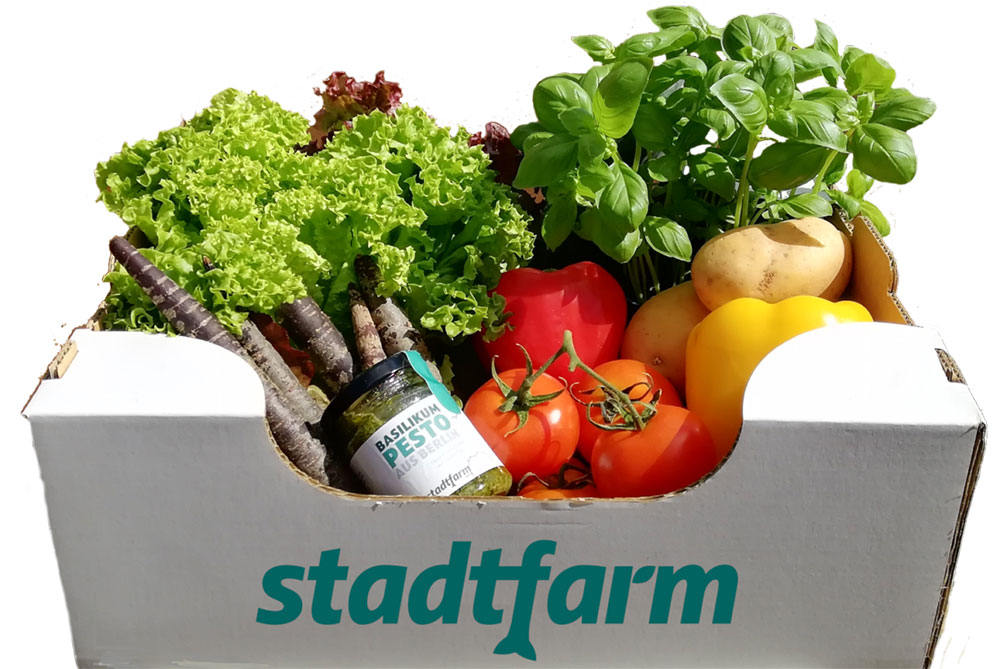Go to Cart 0,00 €
06 aphrodisiac winter vegetables
For Valentine’s Day, we present 6 local winter vegetables that are said to have an aphrodisiac effect and that you can always get regionally in winter.
Let yourself be inspired and conjure up an aphrodisiac Valentine’s Day dinner from regional ingredients.
The word aphrodisiac comes from “Aphrodite”, the goddess of beauty and love.
An aphrodisiac invigorates our senses and can have a euphoric effect on the body.
Many ingredients have been shown to increase our sensitivity, relax the vessels and stimulate the circulation.
Substances that enhance so-called neurotransmitters and metabolism-activating minerals promote blood circulation and our positive well-being.
In addition, the ingredients can reduce stress and mobilize our immune system.
Celery (Apium gravolens)
Ingredients
Essential oils, androstenone, coumarins, furanocoumarins, flavonoids, vitamins and minerals.
Celery contains androstenone, which is similar to male sex attractants.
Therefore, celery is considered to this day as a remedy for impotence & sexual desire.
By the way, celery salad is said to be particularly potency-increasing.
Celery loses its aphrodisiac active ingredients when cooked.
So always use it fresh.
Beet (Beta vulgaris)
Ingredients
Amino acids, calcium, phosphorus, potassium, magnesium and iron, vitamins of the B group, vitamin C and folic acid.
Red like love: Beetroot was already considered an insider tip by the ancient Romans when it came to love affairs.
According to legend, they were the roots of Aphrodite’s supernatural beauty.
In Rome, it is believed to this day that a man and woman who eat from the same beet fall in love with each other.
Beet increases the production of sex hormones.
Use cooked or raw as a vegetable, salad & raw food.
Radish (Raphanus)
Ingredients
Vitamin C, carotene, B vitamins, potassium, sodium, magnesium, calcium, phosphorus, iron, enzymes, mustard oil glycosides & bitter compounds.
“Hot as a radish”: a common saying in Hesse to express the desire for sex.
The sulfur-containing oil raphanol has antibiotic, expectorant and blood circulation-enhancing effects on the bladder and sex organs.
In the 17th century, the radish fell into disrepute and was banned from monastery gardens. Small radishes were therefore cultivated as an alternative.
In the Middle Ages, radish was applied externally to develop its aphrodisiac effect. (However, we do not advise this).
Radish is best enjoyed as a healthy raw food.
Onions (Allium cepa)
Ingredients
Vitamin C, vitamin B6, vitamin B7 (biotin), antioxidants, potassium, sulfur compounds.
Onions are considered libido and potency enhancing not only in Asia.
Buddhist monks are forbidden to eat them.
Also in ancient Egypt priests were forbidden to eat onions and in monasteries they were also forbidden.
Traditionally, onions are used for impotence and weak desire.
Onions can be used raw (salt & steep a little beforehand) and boiled or fried.
Carrot / Carrot (Daucus carota)
Ingredients
Carotenes, vitamin C, vitamins of the B group, vitamin E, potassium, phosphorus, calcium, magnesium, iron, zinc.
The original form of our carrot is the wild carrot. The Greeks called the carrot “philtron” (love charm).
When eaten raw, carrots are said to increase fertility.
In Egypt, the carrot is often boiled down with honey and eaten as a mood enhancer for lust.
In Japan, too, beets are considered an excellent aphrodisiac.
Whether raw or cooked, carrots can be used in any form. Important: Always prepare with a little fat to make the beta-carotene available to the body.
available to the body.
Parsley / Parsley root (Petroselinum)
Ingredients
Anethole, apiol, vitamins of the B group, vitamin C, vitamin E, folic acid, carotenoids, calcium, magnesium, iron.
In the past, parsley was also called “Geilwurz”.
In the so-called “parsley alleys” at that time found the quick love.
The essential oils in the root of parsley increase desire in men.
Especially the fruits contain the active ingredient apiol, which stimulates the muscular activity of the bladder and intestines.
However, highly concentrated parsley oil was also used as an abortifacient in the Middle Ages.
A tea made from parsley root is said to have a particularly strong effect.
Smooth-leaved varieties contain more essential oil, which makes them more aromatic than curly-leaved ones.


